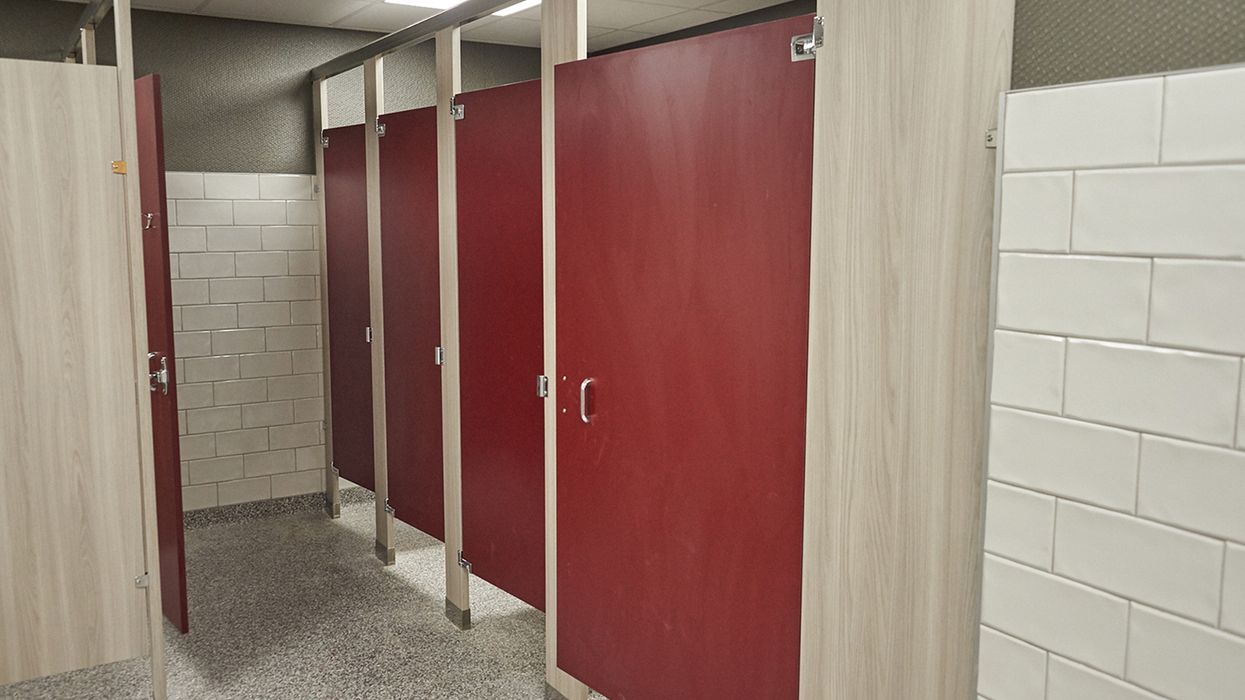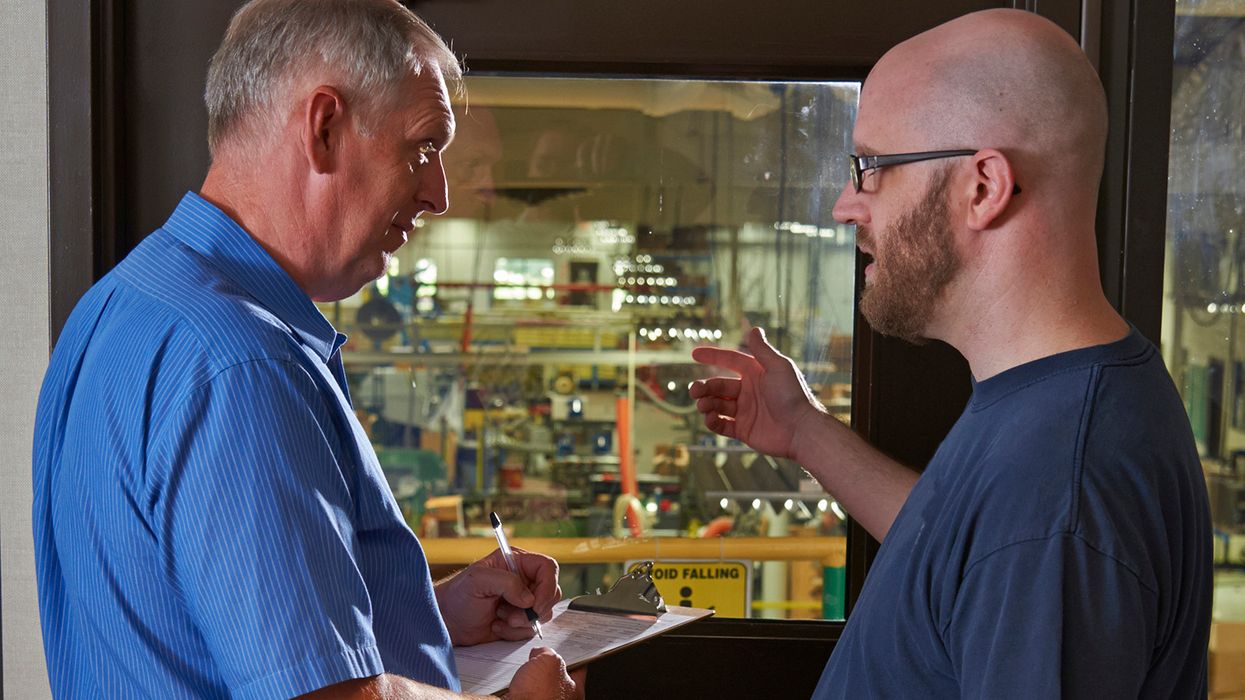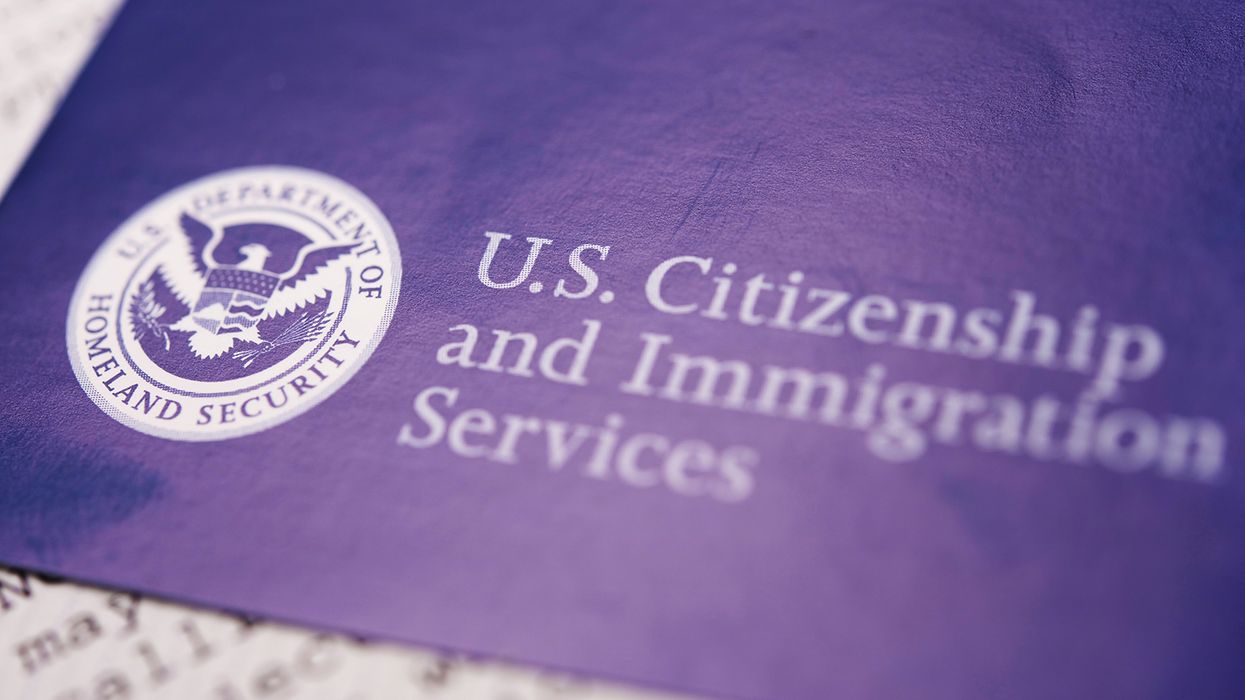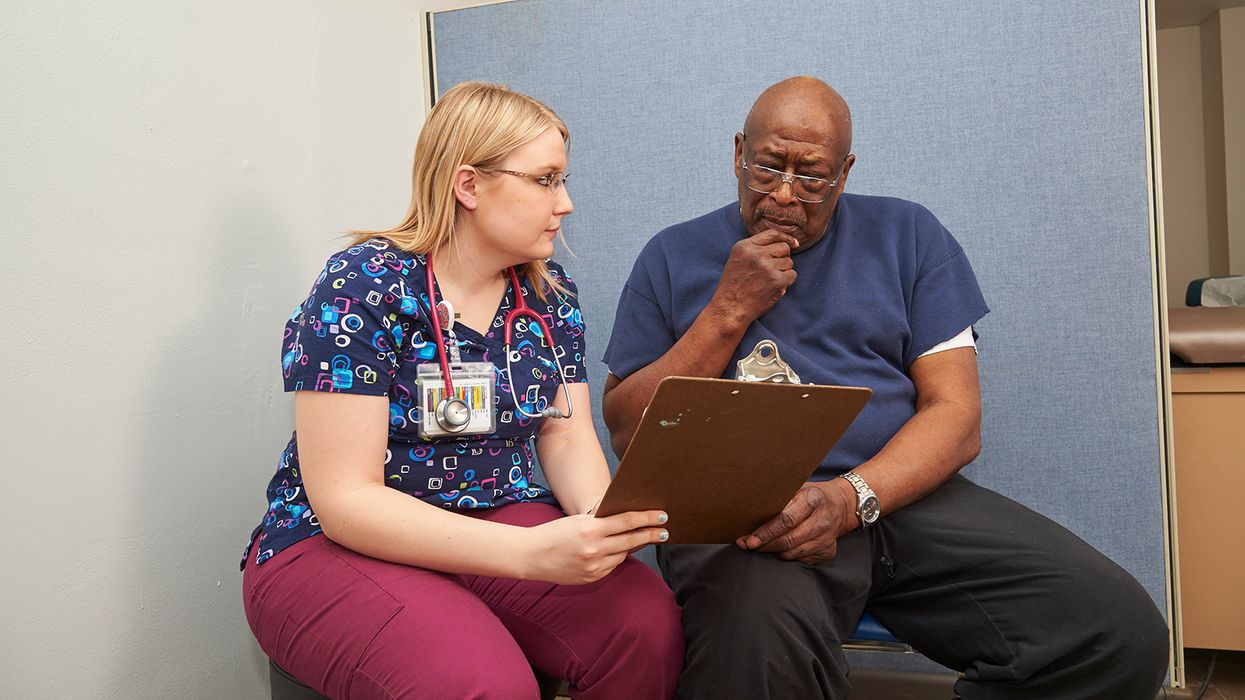Watch out! Eight spots where needles hide in restrooms
Now more than ever, janitors face this often-hidden danger that puts them at risk for hepatitis B and C and HIV. That’s according to a tip sheet from the Washington State Department of Labor & Industries. While the term “sharps” sounds like something only found in the healthcare industry, contaminated sharps like used syringes and needles have been popping up in restrooms when janitors make their rounds!
When needles are contaminated, it means there’s a presence or the reasonably anticipated presence of blood or other potentially infectious materials (OPIM) on an item or surface. OSHA’s Bloodborne Pathogens regulations use the term “percutaneous” or “parenteral” to describe injuries that pierce or puncture the skin, such as through contaminated needles or other sharps. The trouble is janitors cannot say which used needles harbor bloodborne diseases. No one can.
Where are the hiding spots?
A new janitorial safety tip sheet “Watch Out for Hidden Dangers!” is aimed to draw attention to the fact that restrooms may harbor used needles almost anywhere:
- In trash bins and boxes,
- In feminine hygiene product waste bins,
- On sinks,
- On or around toilets,
- On toilet paper dispensers,
- On toilet seat cover dispensers,
- On handrails, and
- On the floor.
When you think about it, contaminated needles could be stashed on any surface or in any container/cabinet in the restroom. However, the tip sheet explains that “many” are found in the trash receptacles.
Precautions for janitors
The good news is the tip sheet provides your janitors with several ways to avoid getting stuck:
- Do not reach into trash bins or boxes.
- Do not reach blindly into containers or areas, but instead, look before you reach.
- Wear gloves that offer puncture resistance, especially to handle trash.
- If areas are not readily visible, use a tool to reach in if needed.
- Do not use your bare hands to pick up a needle.
Consider providing needle puncture-resistant gloves that meet the ASTM F2878-19, Standard Test Method for Protective Clothing Material Resistance to Hypodermic Needle Puncture.
It’s also important that your janitor never attempt to recap, bend, disassemble, cut, or break needles. A discovered needle must never be passed to another janitor.
Train your janitors to notify a supervisor and someone designated as a responder when a needle is spotted. Only someone trained in bloodborne pathogens who has the proper equipment (like a sharps container, tongs, and gloves) should take care of it.
Providing sharps containers in restrooms is a good idea. It gives your restroom users an acceptable place to discard their needles. Designated responders too will then have a nearby place to discard a discovered contaminated sharp. However, don’t let sharps containers overfill. Replace or exchange sharps containers when they reach the full line as labeled by the manufacturer.
Finally, dispose of all regulated waste (including contaminated sharps) per your state environmental waste regulations.
What if a janitor gets stuck by a needle?
Should your janitor get stuck, suggested steps include to:
- Wash the needlestick injury site with soap and water,
- Cover the injury site with a bandage,
- Immediately seek medical attention from a licensed healthcare provider, and
- Report the incident to a supervisor or otherwise follow your company’s reporting protocol.
Treatment may include the hepatitis B vaccination if your janitor has not received it already. The vaccine is most effective if given as soon as possible. NIOSH argues that it’s ideal to get treatment within 48 to 72 hours.
Prompt reporting of on-the-job contaminated sharps injuries to a supervisor is critical for initiating prompt post-exposure follow-up and should be strongly encouraged.
Do your janitors have occupational exposure?
“Occupational exposure” is reasonably anticipated contact with blood or OPIM that may result from the performance of an employee’s duties. Think about whether your janitors have that reasonably anticipated contact as part of their job duties. This includes contact with contaminated needles.
If you determine that your janitor, in fact, has “occupational exposure,” then the entire Bloodborne Pathogens Standard at 29 CFR 1910.1030 applies. The standard has provisions for a written plan, control measures, personal protective equipment (PPE), housekeeping, sharps containers, vaccination, training, labeling, and more.
While OSHA regulations do not cover some state and local government workers (including janitors), it may be wise to follow 1910.1030 anyway.
More information
For details about bloodborne pathogens, visit our Bloodborne Pathogens ezExplanation. Also, see our articles, “NIOSH report points at sharps injuries in law enforcement,” and “Which first-aider types are covered by OSHA’s Bloodborne Pathogens Standard?”
Key to remember
Contaminated sharps injuries are not just a hazard for healthcare but also for janitors. A Washington state tip sheet draws attention to the fact that restrooms may harbor contaminated needles almost anywhere. However, the sheet also offers several precautions that your janitors can take.



















































